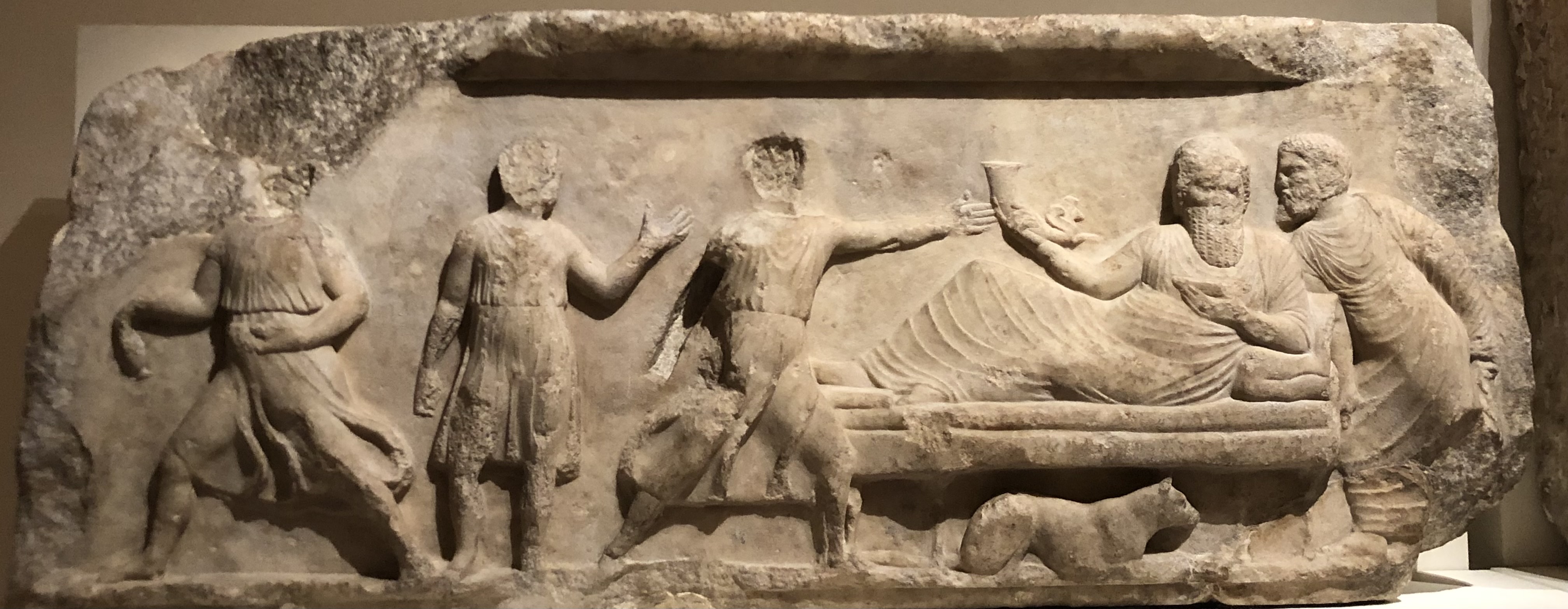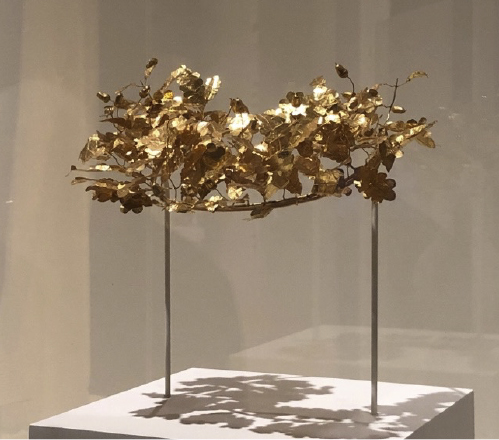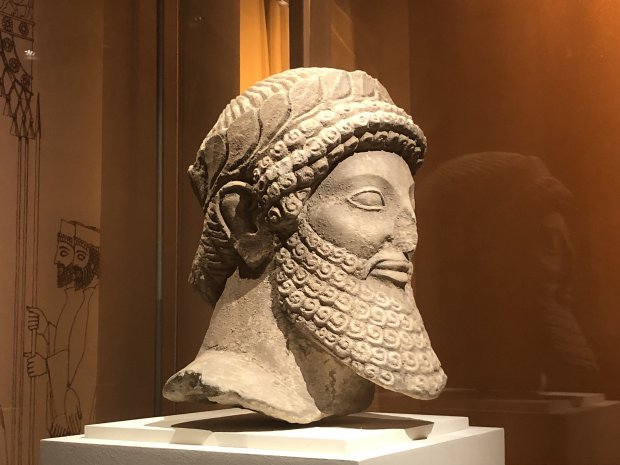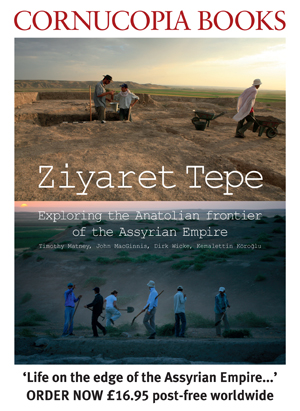Walking into the British Museum’s latest exhibition, Luxury and Power: Persia to Greece, one is struck by the incredible scope of the artefacts on display, ranging from modern-day Afghanistan to mainland Greece. Stately busts, glittering gold chalices and much more fill the rooms, offering a glimpse into ancient worlds. These encompass the scope of the Persian Empire around 450 BC, spreading across Western Asia and the Mediterranean until it met an unruly force: Greece. The resulting Greco-Persian Wars (499–449 BC) irrevocably changed the culture and society of the peoples it conquered. Illuminating as it does the Persian dynamics of power, rule and culture, the exhibition offers new insights into that war, in contrast to traditional historical narratives which focused on Greece.
The exhibition’s impressive collection provides a glimpse of how the powers of Greece and Persia intersected. Charting the conquest of the Persian Empire across Western Asia, the exhibition details its impact and influence through material goods. With each region the empire conquered it introduced a Persian culture of luxury and customs among the local ruling elite as a way of imposing its hegemony. As a result, different social classes from conquered regions absorbed, adapted and redefined Persian customs within their own cultures, creating a unique socio-political landscape based on luxury.
In their turn, gold Persian-style Greek artefacts reveal how an embattled Greece was drawn to the luxurious style of its enemy, although it opposed their political culture of moderation. This push and pull created a unique material culture that repurposed Persian elements in Greek forms.
Caught between two opposing forces, western Anatolian civilisations were influenced by both Greeks and Persians. The Persian ruler Cyrus II the Great conquered the kingdoms of Lydia and Lycia around 600 BC, introducing luxurious Persian court customs to the local dynasts ruling on their behalf. The bust of a male worshipper, c 460 BC, from the Sanctuary of Apollo encompasses the melding of Greek, Phoenician and Persian influences. Though a Greek wreath adorns the top of his head, his long, thick beard follows the current Persian fashion.

A frieze c 390 BC from the Nereid Monument, built in honour of King Arbinas of Lycia, displays the king in Greek clothing at a drinking party. However, Persian elements creep into the imagery; the king reclines, elevated above the other attendants in accordance with Persian custom. In contrast, Greek depictions of gatherings often emphasised the equal standing of attendants.

This incredible gold oak-leaf wreath probably decorated the tomb of a local aristocrat in the Dardanelles region of western Turkey around 350 BC. A symbol of Macedonian rule, it resembles similar wreaths found on the tombs of Philip II (382–336 BC) and Alexander IV (323–309 BC), respectively the son and grandson of Alexander the Great.
These objects are only a few examples of the wealth of artefacts on display. Spanning the years between the beginning of the Persian conquest and the aftermath of Alexander the Great’s empire in the Hellenistic period, the exhibition is just one more example of how Asia Minor became an incredible point of intersection and opposition in the ancient world.
Luxury and Power: Persia to Greece is on show at the British Museum until August 13 in the Joseph Hotung Great Court Gallery.





_The_Golden_Horn_at_Dusk_c._1900_140_92_80.jpg)


